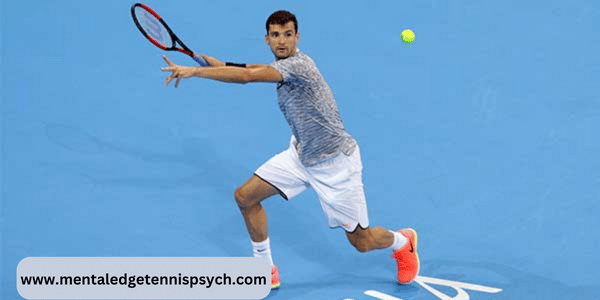The serve is both the easiest and hardest shot in tennis. While it’s the only shot where a player is not returning a ball hit by their opponent, it is also the hardest shot from a technical perspective. Perhaps most importantly, it is the only shot that is proactive, rather than reactionary. It is planned aggression rather than rebuttal; like taking the first punch in a fight.
For most players, most specifically elite players, this can be both good and bad. While having the first strike can be very beneficial, for those who lack confidence, this “opportunity” can be fraught with anxiety. This was on full display in the match last night between world #6 Aryana Sabalenka (who has had an abysmal serving year) and #1 Iga Swiatek, who, despite being fairly dominant this year, served terribly in their semi-final matchup.
When I say terrible, I mean awful. Like having to chase the toss 3 ft. into the court on every serve, double-faulting over 20 times, and getting broken almost 50% of the time. Sabalenka faired only slightly better, missing almost 50% of first serves and having trouble placing both first and second serves. This might be understandable given a match between beginner or intermediate players, but this type of “meltdown” does not have to happen with moderate-advanced players.
Why does the serve affect the top players?
Here are some thoughts:
1). There is a lot of time (at least 10 seconds, probably 15-20 seconds) between the time of the end of the point and the first serve. Also, there is often substantial time between first and second serves, particularly during pressure situations.
2). Their serve involves a particularly precariously difficult physical action: tossing a ball and then moving one’s body, in dynamic momentum, and extending to hit the ball at the top of the toss. Then there’s the direction and spin and, in the case of great returners, preparing for a rocket return.
3). Similar to the shooting portion of the biathlon, the server’s heart rate is elevated, they may be sweating quite a lot, and their vision is blurred. Legs are fatigued, with significant lactic acid build-up. All these factors increase anxiety/nervousness. Given these factors, serving becomes very difficult later in a match, during crucial “make or break” points.
4). Perhaps the most important reason, at least for elite players, is this: good servers are supposed to serve well. This expectation may be the biggest reason why serves are missed on the biggest stages.
5). What’s the antidote? Practice, practice, practice? Yes, kinda, but pressure practice – practicing under simulated and actual duress, is much more important. So, I might review this a bit to state: practice pressure, practice pressure, practice pressure. Other mental techniques that may be useful include, but are not limited to: mindfulness, breathing, and zone training.
For more information, please consult www.mentaledgetennispsych.com .
